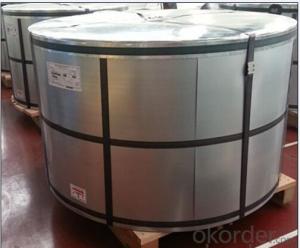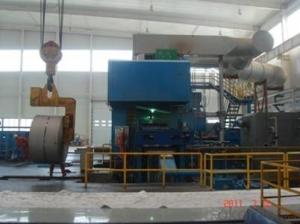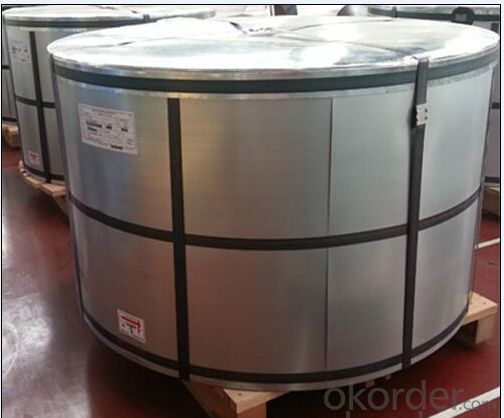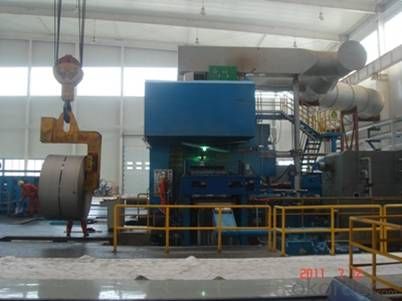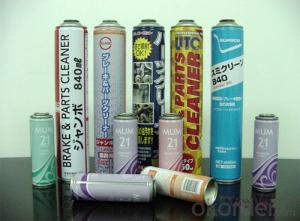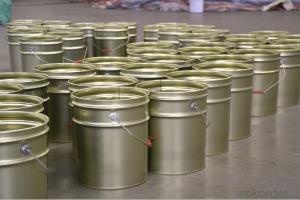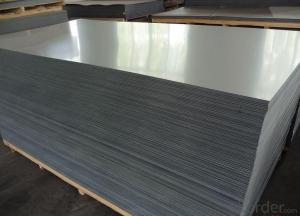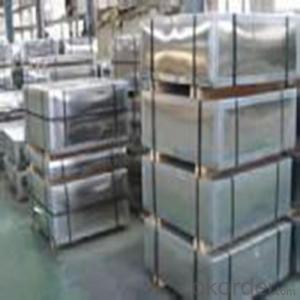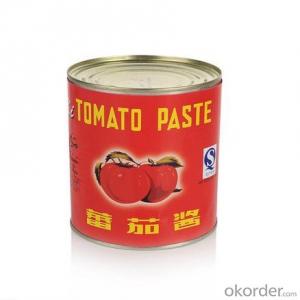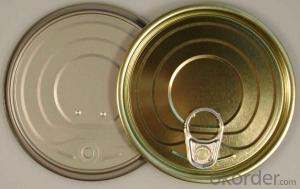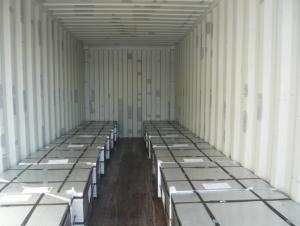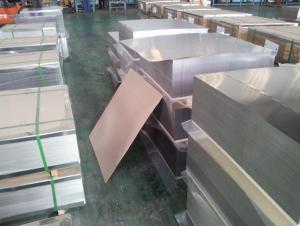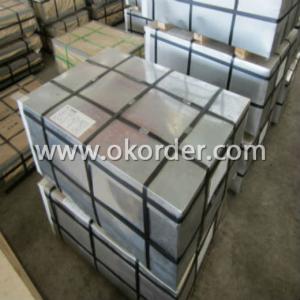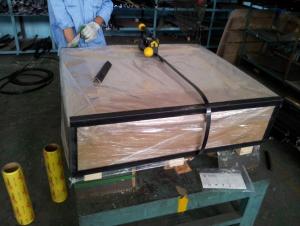DR TemperTinplate for Metal Can Making, Top Quality
- Loading Port:
- Tianjin
- Payment Terms:
- TT OR LC
- Min Order Qty:
- 25 m.t.
- Supply Capability:
- 40000 m.t./month
OKorder Service Pledge
OKorder Financial Service
You Might Also Like
1.Usage
Tinplate is widely used for making all types of containers, containing industrial usage such as paint can, oil can, aerosol cans etc., and food cans like milk powder cans, tomato paste can, dry food cans etc.
2. Quality
As a state owned company and a large tinplate supplier in China, our tinplate quality ranks 1st level in China, similar to Bao Steel, Posco etc.
3. Specification
standard: GB/T2520, JIS G3303, DIN EN10202
Material: MR /SPCC
Thickness available: 0.16-0.50MM
Width available: 600~1050MM
Temper grade: T1 – DR8
Tin coating: ordinary 2.8g/2.8g, 5.6g/5.6g and others
Package: sea worthy export package.
Applications: Tin can for chemicals & paint cans, industrial cans, food cans
4. Our factory photo & equipments

5. FAQ
a. what's the annual output?
we have two production zoos, annual output reaches about 500,000 tons per year.
b. where's the raw matrial from?
our hot rolled coil is purchased from Bao Steel, Capital Steel etc., quality very good and stable.
c. how long is the delivery time?
normally for SPCC about 45~55 days, while 65~75 days for MR material
d. how to control the quality during production process?
inside our workshop, we have MES syestem. It realizes the optimization of the production procedure in the workshop. It could record each step of the whole production procedures, and if some problem appears, factory could easily found and take action, it’s quite helpful to monitor and control the quality.
- Q: How is tinplate used in the manufacturing of toys?
- Tinplate is commonly used in the manufacturing of toys as it provides a durable and lightweight material for various components. It is often used for packaging, such as toy boxes or containers, as it can be easily shaped and decorated. Additionally, tinplate can be used for creating toy parts, such as miniature cars or robots, due to its malleability and ability to hold intricate designs. Overall, tinplate enhances the aesthetic appeal and functionality of toys, making them more appealing to consumers.
- Q: What are the main trends in the tinplate industry?
- The main trends in the tinplate industry include a growing demand for sustainable packaging solutions, increasing preference for lightweight and easy-to-recycle materials, advancements in technology for improved tinplate production processes, and the emergence of innovative uses of tinplate in various industries such as food and beverages, cosmetics, and electronics.
- Q: Tin and tinSince the back skin as long as tinplate will rust, so why not replace tin?
- Oftinned is actually, tinplate, commonly used in food and beverage packaging, have good anti-corrosion effect, and no harm to human body. We used a lot of tinplate cans, is done. The tinplate back skin, is actually the plate above the tin, is physical effect eroded, so the steel will rust.
- Q: Can tinplate packaging be used for cosmetic products?
- Yes, tinplate packaging can be used for cosmetic products. Tinplate is a commonly used material in the packaging industry due to its durability, versatility, and ability to protect the contents from external factors such as light, moisture, and air. It can be shaped into various sizes and designs, making it suitable for packaging cosmetics like creams, powders, and lip balms. Additionally, tinplate packaging can also be customized with attractive designs, making it visually appealing for cosmetic products.
- Q: Should vacuum filling be required for tinplate meat filling?
- Mainly depends on your production process needs
- Q: What are the main applications of tinplate in the medical industry?
- Tinplate is commonly used in the medical industry for packaging purposes, specifically for storing and preserving medical devices, pharmaceutical products, and other sensitive healthcare items. Its corrosion resistance and ability to protect against contamination make it ideal for ensuring the safety and sterility of medical supplies. Additionally, tinplate's light weight and durability make it suitable for portable medical devices and portable packaging solutions.
- Q: How is tinplate used in the pet food industry?
- Tinplate is commonly used in the pet food industry for packaging cans or containers that store and preserve pet food products. Tinplate is a durable and corrosion-resistant material that helps maintain the quality and freshness of pet food. It also provides a barrier against external elements such as light, moisture, and air, thereby extending the shelf life of the product. Additionally, tinplate cans are easy to open and reseal, making them convenient for pet owners.
- Q: How does tinplate affect the sound quality of musical instruments?
- Tinplate does not directly affect the sound quality of musical instruments. Instead, the materials used in the construction of the instrument, such as the wood, metal, and the design and craftsmanship, play a significant role in determining the sound quality.
- Q: What are the environmental impacts of using tinplate?
- The environmental impacts of using tinplate include resource depletion, energy consumption, greenhouse gas emissions, and waste generation. Tinplate production requires the extraction of raw materials, such as iron and tin, which can lead to habitat destruction and ecosystem disruption. The manufacturing process is energy-intensive, contributing to carbon dioxide emissions and climate change. Additionally, the disposal of tinplate products after use can contribute to waste accumulation in landfills. However, tinplate is also recyclable, which can mitigate some of its environmental impacts if proper recycling practices are followed.
- Q: What are the main factors influencing the growth of the tinplate industry?
- The main factors influencing the growth of the tinplate industry include increasing demand for packaged food and beverages, expanding urbanization and industrialization, advancements in technology leading to improved production processes, and the growing awareness about the benefits of metal packaging such as durability, recyclability, and food safety. Additionally, economic growth in emerging markets and the rising disposable income of consumers are also driving the growth of the tinplate industry.
Send your message to us
DR TemperTinplate for Metal Can Making, Top Quality
- Loading Port:
- Tianjin
- Payment Terms:
- TT OR LC
- Min Order Qty:
- 25 m.t.
- Supply Capability:
- 40000 m.t./month
OKorder Service Pledge
OKorder Financial Service
Similar products
Hot products
Hot Searches
Related keywords
